Home>Gardening & Outdoor>Landscaping Ideas>How Early To Cut Grass
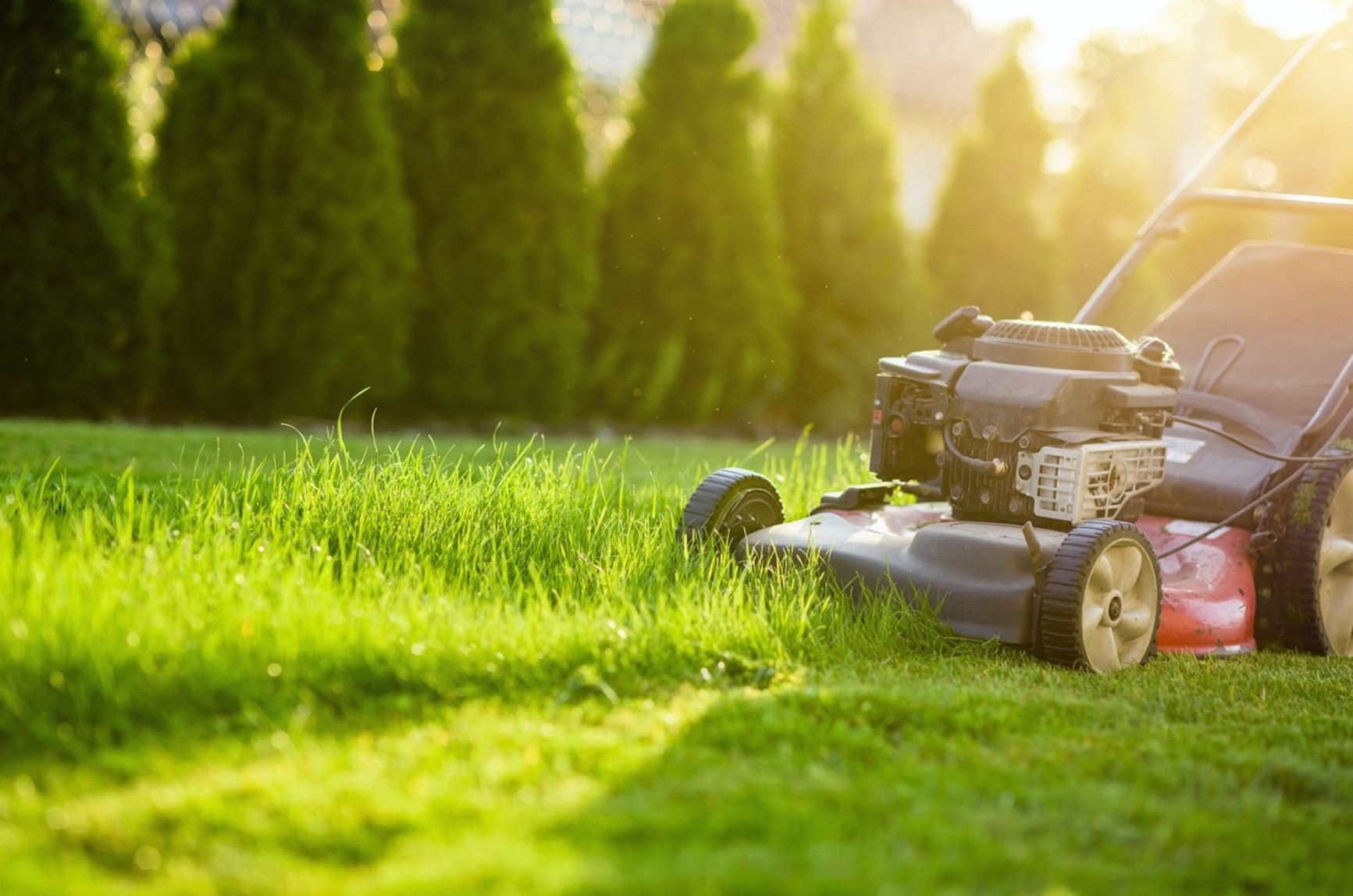

Landscaping Ideas
How Early To Cut Grass
Modified: February 18, 2024
Discover the best landscaping ideas and learn how early to cut grass for a lush, healthy lawn. Get expert tips and advice for your lawn care routine.
(Many of the links in this article redirect to a specific reviewed product. Your purchase of these products through affiliate links helps to generate commission for Storables.com, at no extra cost. Learn more)
**
Introduction
**
When it comes to maintaining a lush and healthy lawn, timing is everything. The decision of when to cut the grass can significantly impact its overall health and appearance. While many homeowners are accustomed to mowing their lawns on a weekly basis during the growing season, the timing of this routine task is often overlooked. In this article, we will delve into the importance of timing in lawn care, specifically focusing on the question of how early is too early to cut grass. By understanding the key factors and best practices associated with mowing, you can ensure that your lawn remains vibrant and well-maintained throughout the year.
Key Takeaways:
- Timing is crucial for a healthy lawn. Mow during late morning or early afternoon when the grass is dry. Avoid early cutting to prevent stress, weak roots, thatch buildup, and weed infestations.
- Consider grass type, weather, and growth rate for mowing. Avoid mowing in extreme heat or wet conditions. Proper timing and practices lead to a lush, vibrant lawn.
Read more: How Early To Cut Grass On Sunday
Factors to Consider
Before determining the optimal time to mow your lawn, it’s essential to consider several factors that can influence the health and appearance of your grass. These factors include the type of grass, weather conditions, soil moisture, and the growth rate of the grass.
First and foremost, the type of grass in your lawn plays a crucial role in determining the best mowing schedule. Different grass species have varying growth patterns and ideal cutting heights. For instance, cool-season grasses such as Kentucky bluegrass and fescue thrive when mowed at a height of 2.5 to 3.5 inches, while warm-season grasses like Bermuda grass and Zoysia grass prefer a shorter mowing height of 1 to 2 inches. Understanding the specific needs of your grass type is fundamental to establishing an effective mowing routine.
Furthermore, weather conditions significantly impact the timing of lawn mowing. It’s advisable to avoid mowing the lawn during periods of extreme heat, as this can stress the grass and impede its ability to recover. Similarly, mowing wet grass should be avoided, as it can lead to an uneven cut and potentially create an environment conducive to fungal diseases.
Soil moisture is another critical factor to take into account. Mowing a lawn that is excessively dry can result in stress to the grass, leading to browning and potential damage. Conversely, mowing overly wet grass can compact the soil and hinder the grass’s growth and overall health.
Lastly, the growth rate of the grass should be considered when determining the frequency of mowing. During periods of rapid growth, more frequent mowing may be necessary to maintain an optimal cutting height and prevent thatch buildup. Understanding the growth patterns of your grass will help you establish a mowing schedule that promotes healthy and vigorous growth.
Best Time to Cut Grass
Choosing the best time to cut your grass is essential for maintaining its health and promoting lush, vibrant growth. In general, the optimal time for mowing is during the late morning or early afternoon when the grass is dry and free from morning dew. Mowing during these hours allows the freshly cut grass to recover quickly and minimizes the risk of fungal diseases that can thrive in damp conditions.
Additionally, it’s advisable to avoid mowing during the hottest part of the day, typically between 10 a.m. and 2 p.m., to prevent undue stress on the grass. The intense midday heat can cause the grass to lose moisture rapidly, making it more susceptible to damage from mowing. By scheduling your mowing sessions for the late morning or early afternoon, you can ensure that the grass is at its peak health and resilience, thus minimizing the risk of stress and damage.
Furthermore, consider the weather forecast when planning your mowing schedule. Ideally, choose a day that is dry and mild, with minimal wind. Mowing in windy conditions can lead to an uneven cut and may cause debris to scatter across the lawn, posing a potential hazard. By taking the weather into account, you can optimize the mowing conditions and ensure the best results for your lawn.
It’s important to note that the frequency of mowing also plays a crucial role in maintaining a healthy lawn. During the peak growing season, which varies depending on the grass type and climate, weekly mowing is typically sufficient to keep the grass at an optimal height. However, adjusting the mowing frequency based on the grass’s growth rate and the prevailing weather conditions is key to promoting healthy and vigorous growth.
By carefully considering these factors and adhering to a well-planned mowing schedule, you can ensure that your lawn remains lush, vibrant, and visually appealing throughout the growing season.
Cut your grass when it reaches about 3-4 inches in height. Cutting it too early can stress the grass, while waiting too long can make it harder to mow.
Impact of Early Cutting
Early cutting, or mowing the grass too short, can have detrimental effects on the overall health and appearance of your lawn. When the grass is cut too early, it can lead to stress, weakened root systems, and increased susceptibility to environmental stressors. Understanding the potential impact of early cutting is crucial for maintaining a vibrant and resilient lawn.
One of the primary consequences of early cutting is the shock and stress it inflicts on the grass. When the grass blades are cut too short, the plant’s ability to photosynthesize and produce energy is compromised. This can result in stunted growth and a weakened overall structure, making the grass more susceptible to damage from environmental stressors such as heat, drought, and pests.
Moreover, early cutting can lead to a shallow root system, as the grass expends its energy on regrowing the blades rather than developing strong, deep roots. A shallow root system reduces the grass’s ability to access water and nutrients from the soil, making it more vulnerable to drought and heat stress. Additionally, shallow roots are less effective at anchoring the soil, increasing the risk of erosion and soil compaction.
Another consequence of early cutting is an increased risk of thatch buildup. Thatch, a layer of dead grass and organic matter that accumulates on the soil surface, can impede the movement of water, air, and nutrients to the grassroots. When the grass is cut too short, it produces more clippings, contributing to thatch accumulation and hindering the lawn’s overall health and vigor.
Furthermore, early cutting can make the lawn more susceptible to weed infestations. When the grass is weakened and stressed due to improper mowing practices, opportunistic weeds can take hold and proliferate, competing with the grass for essential resources and compromising the lawn’s uniformity and visual appeal.
By understanding the potential impact of early cutting on your lawn, you can make informed decisions regarding mowing practices and implement measures to promote healthy, resilient grass growth. Adhering to proper mowing heights and schedules is essential for maintaining a vibrant and visually appealing lawn throughout the year.
Conclusion
Timing is a critical factor in maintaining a healthy and visually appealing lawn. By considering the type of grass, weather conditions, soil moisture, and growth rate, you can establish an effective mowing schedule that promotes the overall health and vigor of your lawn.
The best time to cut grass is during the late morning or early afternoon when the grass is dry, and the weather is mild. Avoiding mowing during the hottest part of the day and in windy or wet conditions can help minimize stress on the grass and ensure a clean, even cut.
Early cutting can have detrimental effects on the grass, including increased stress, weakened root systems, thatch buildup, and susceptibility to weed infestations. By adhering to proper mowing practices and avoiding early cutting, you can promote healthy, resilient grass growth and maintain a lush, vibrant lawn.
Ultimately, a well-planned mowing schedule, tailored to the specific needs of your grass type and the prevailing weather conditions, is essential for achieving and maintaining a vibrant and visually appealing lawn throughout the year. By prioritizing timing and adhering to best practices, you can enjoy a lush, healthy lawn that enhances the beauty of your outdoor space.
Frequently Asked Questions about How Early To Cut Grass
Was this page helpful?
At Storables.com, we guarantee accurate and reliable information. Our content, validated by Expert Board Contributors, is crafted following stringent Editorial Policies. We're committed to providing you with well-researched, expert-backed insights for all your informational needs.

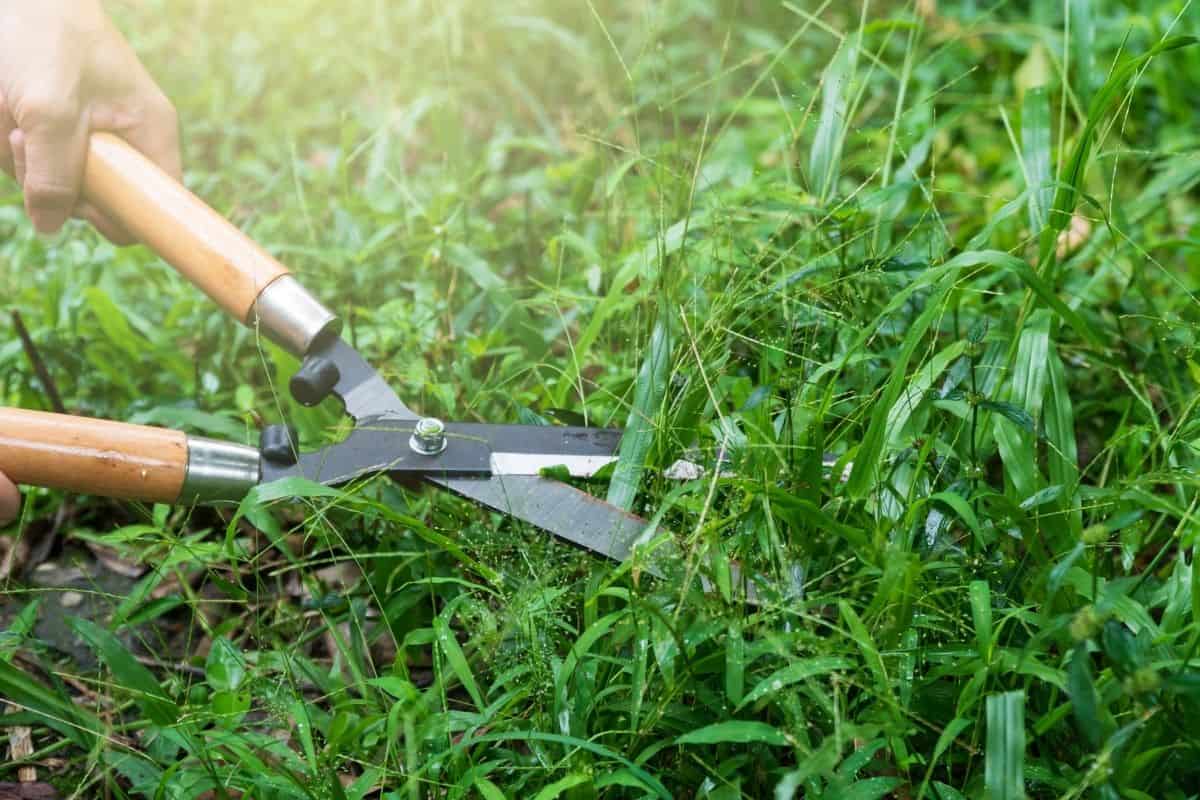
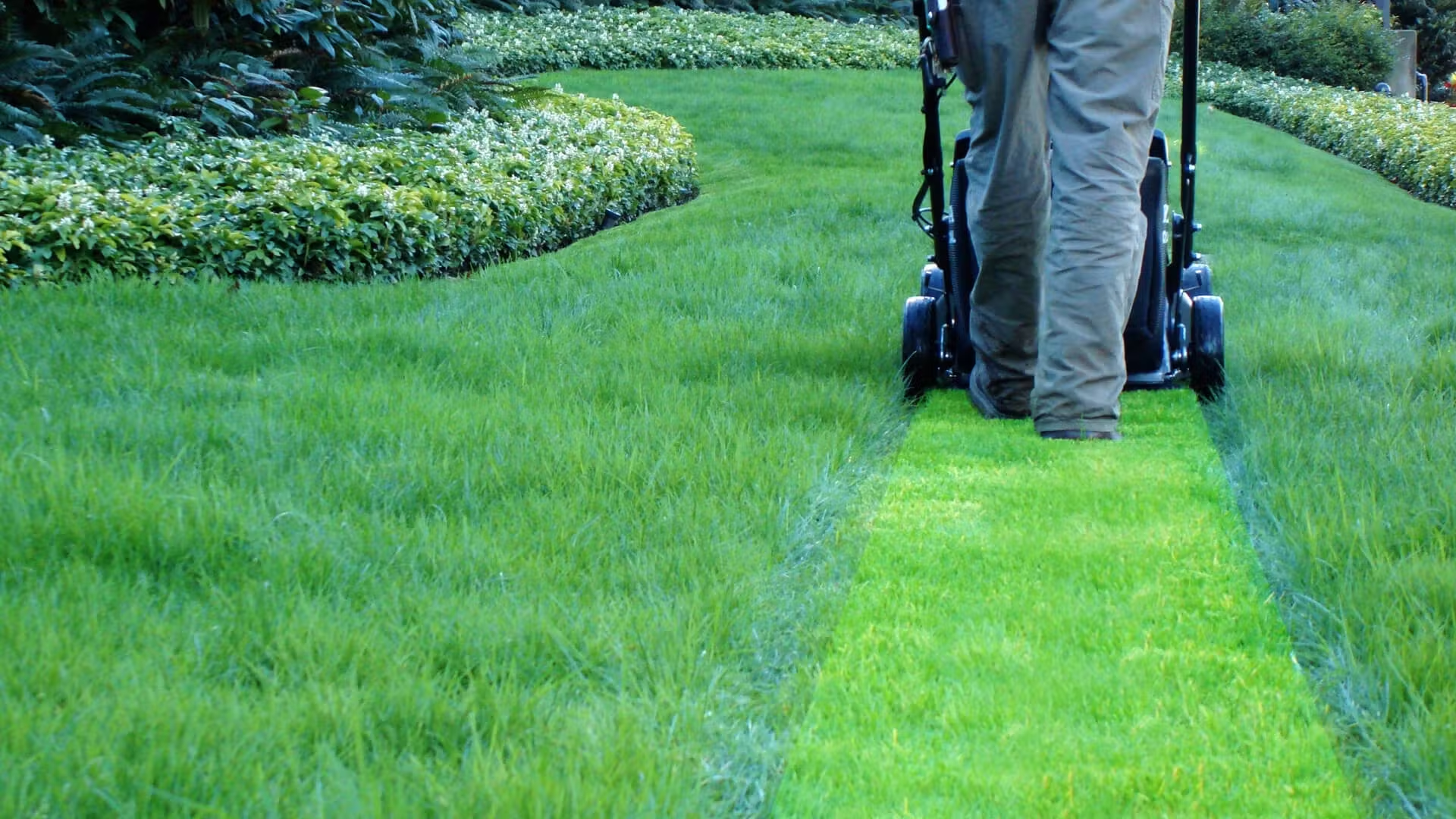

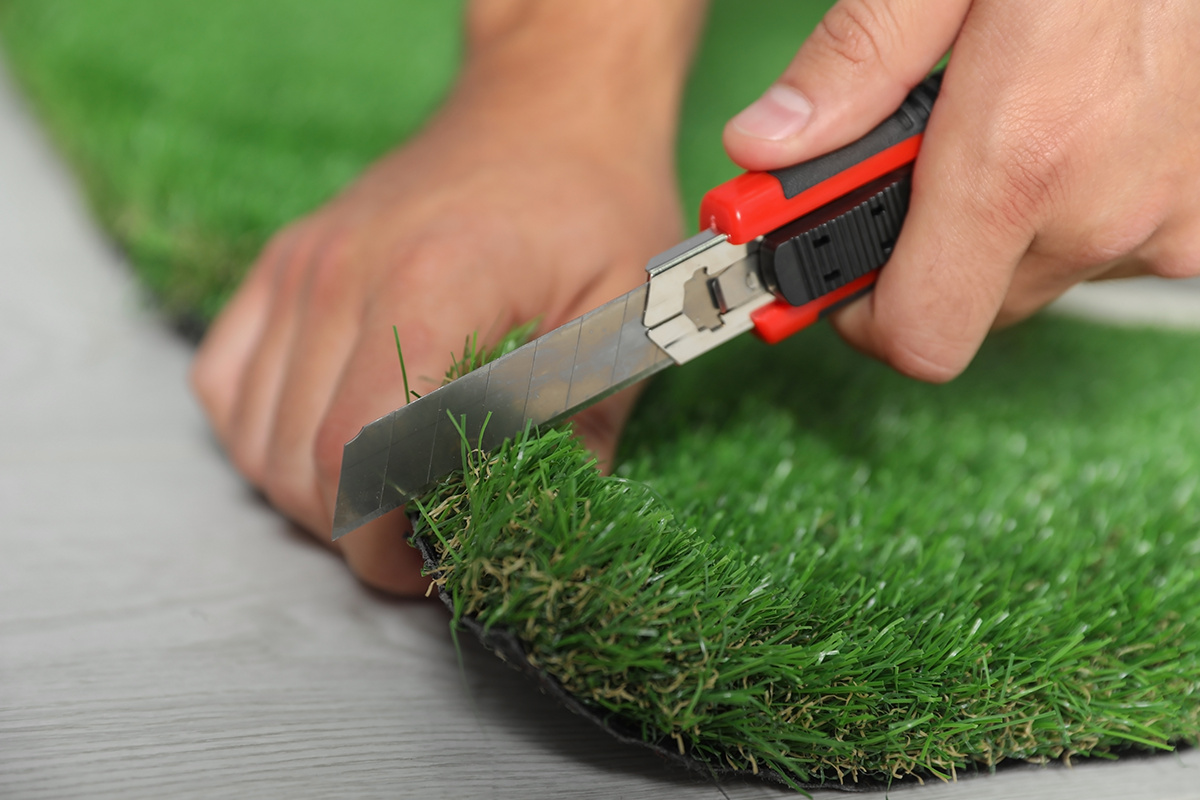
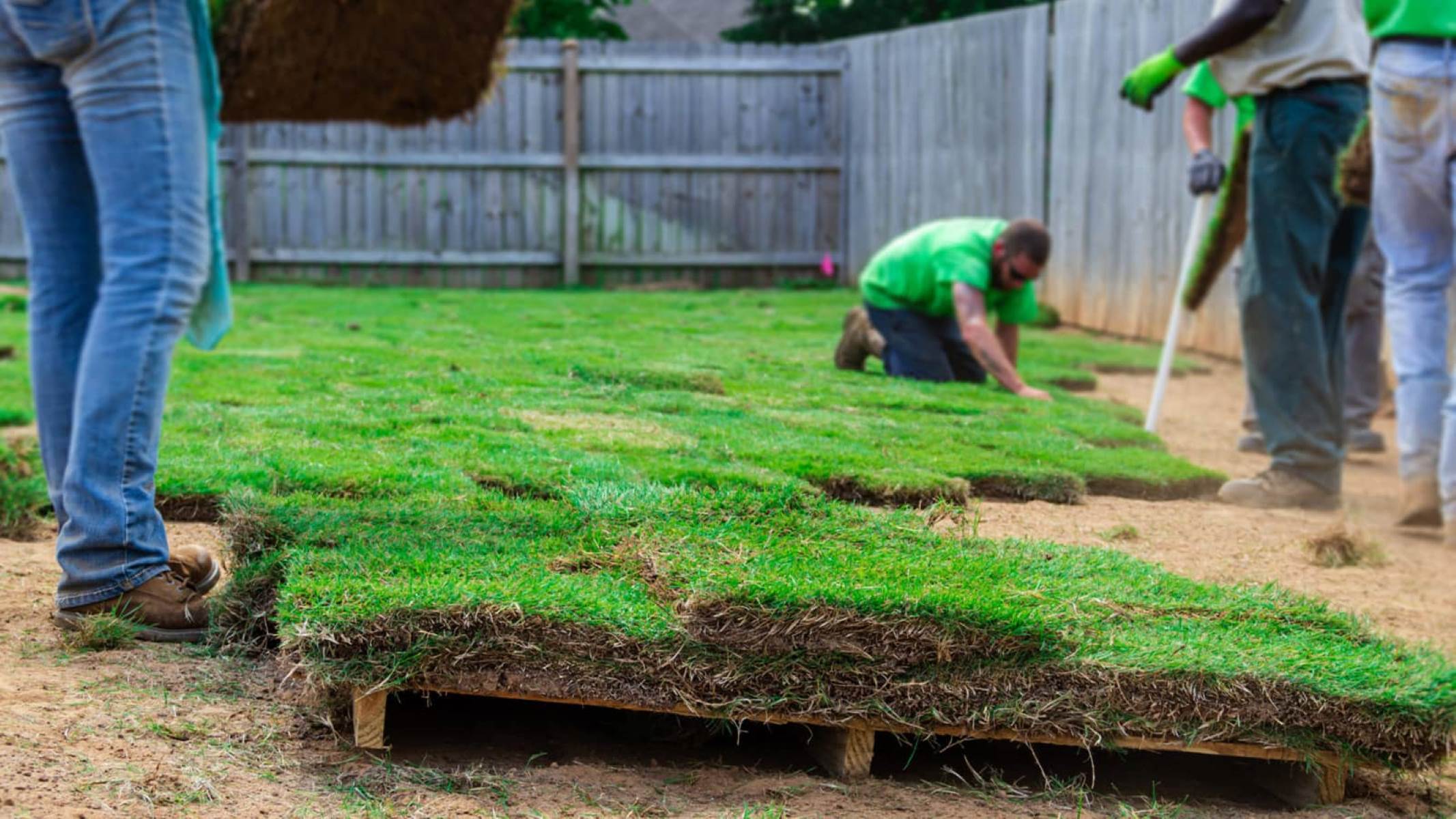
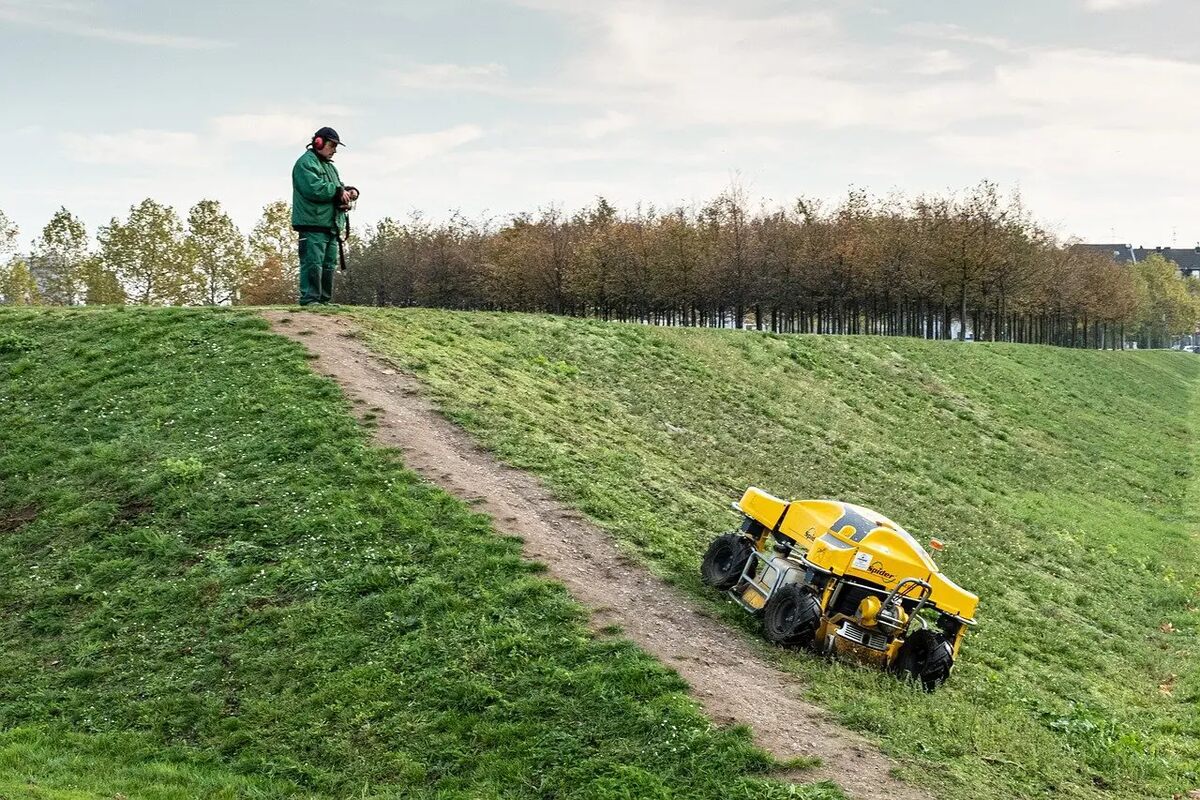
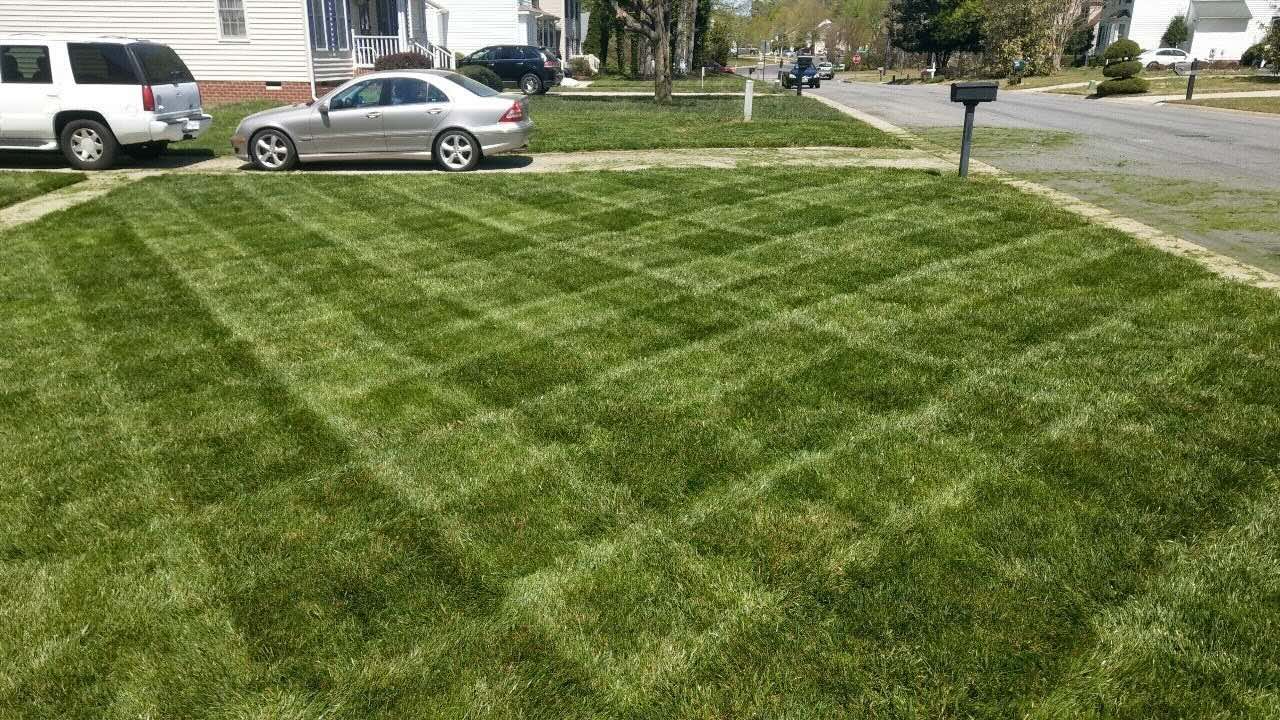
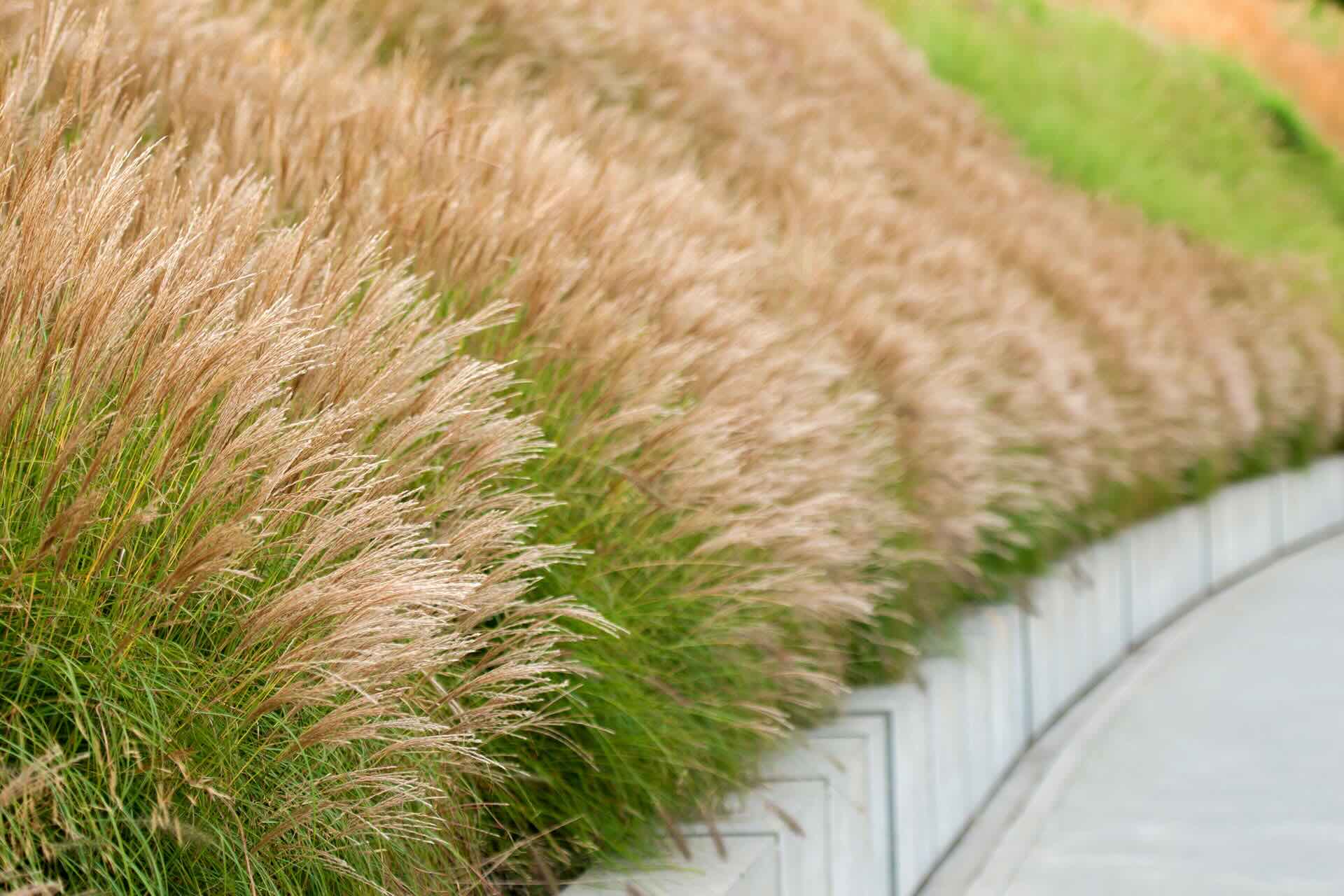
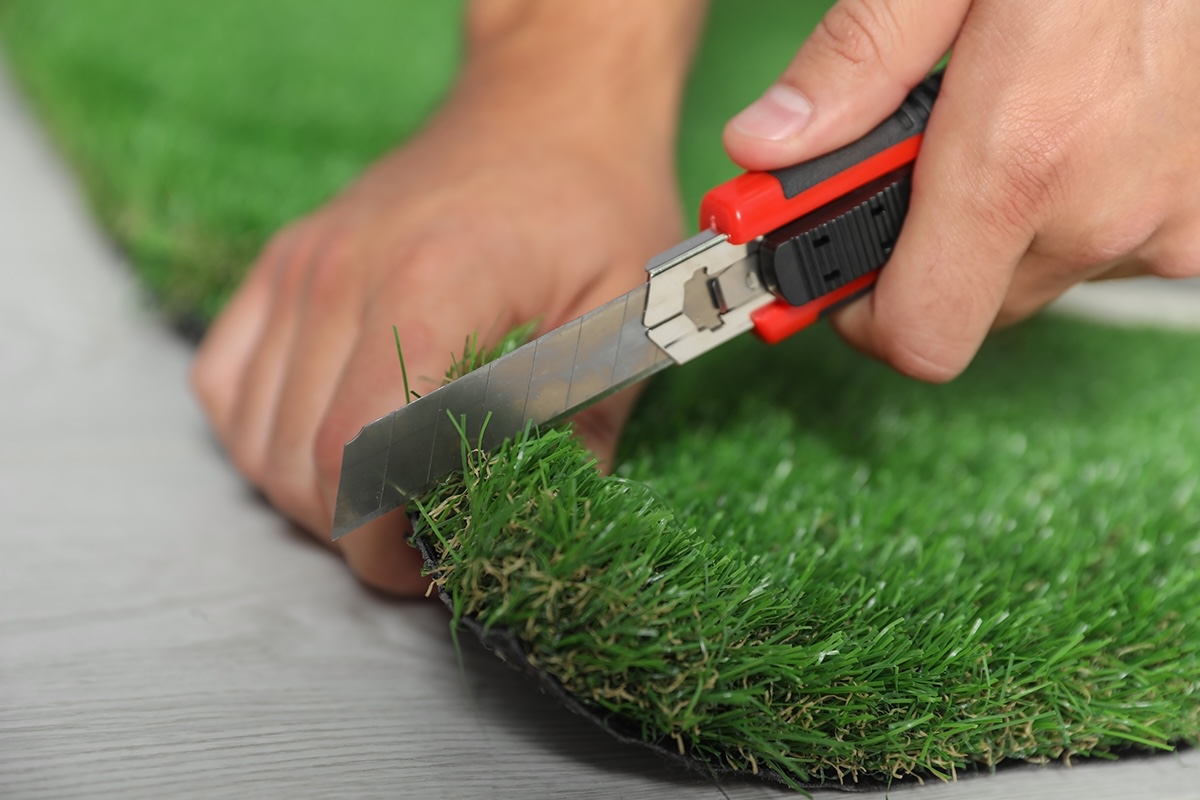
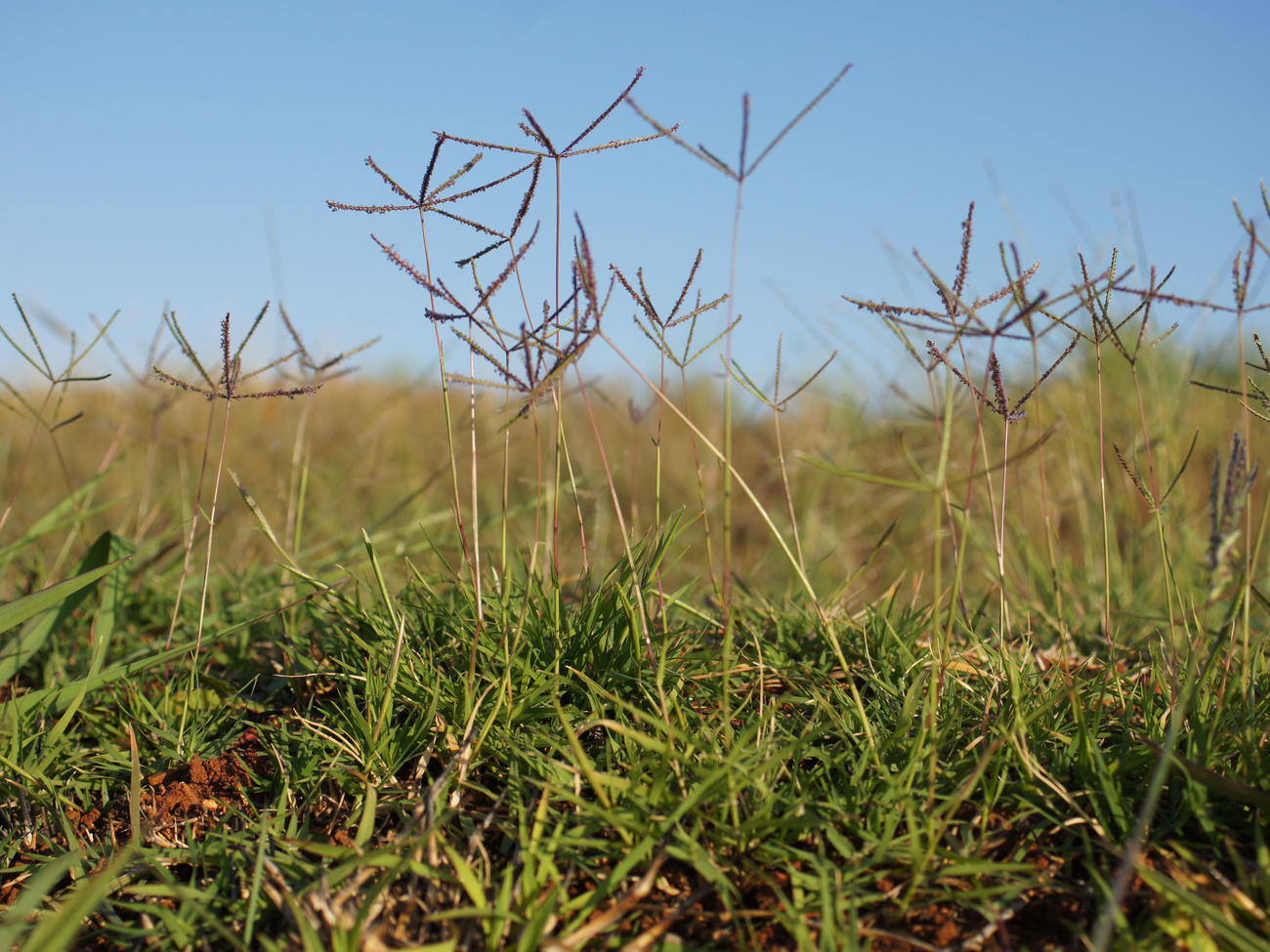
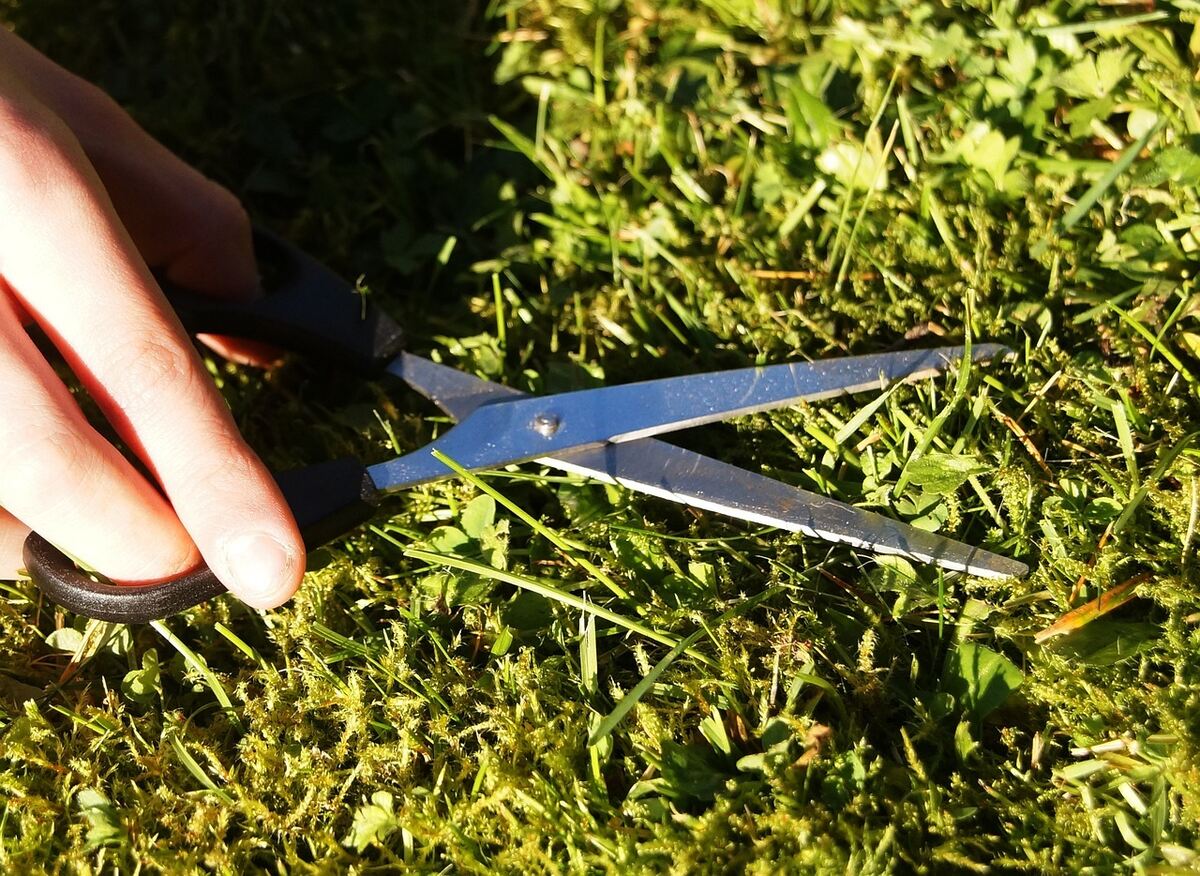
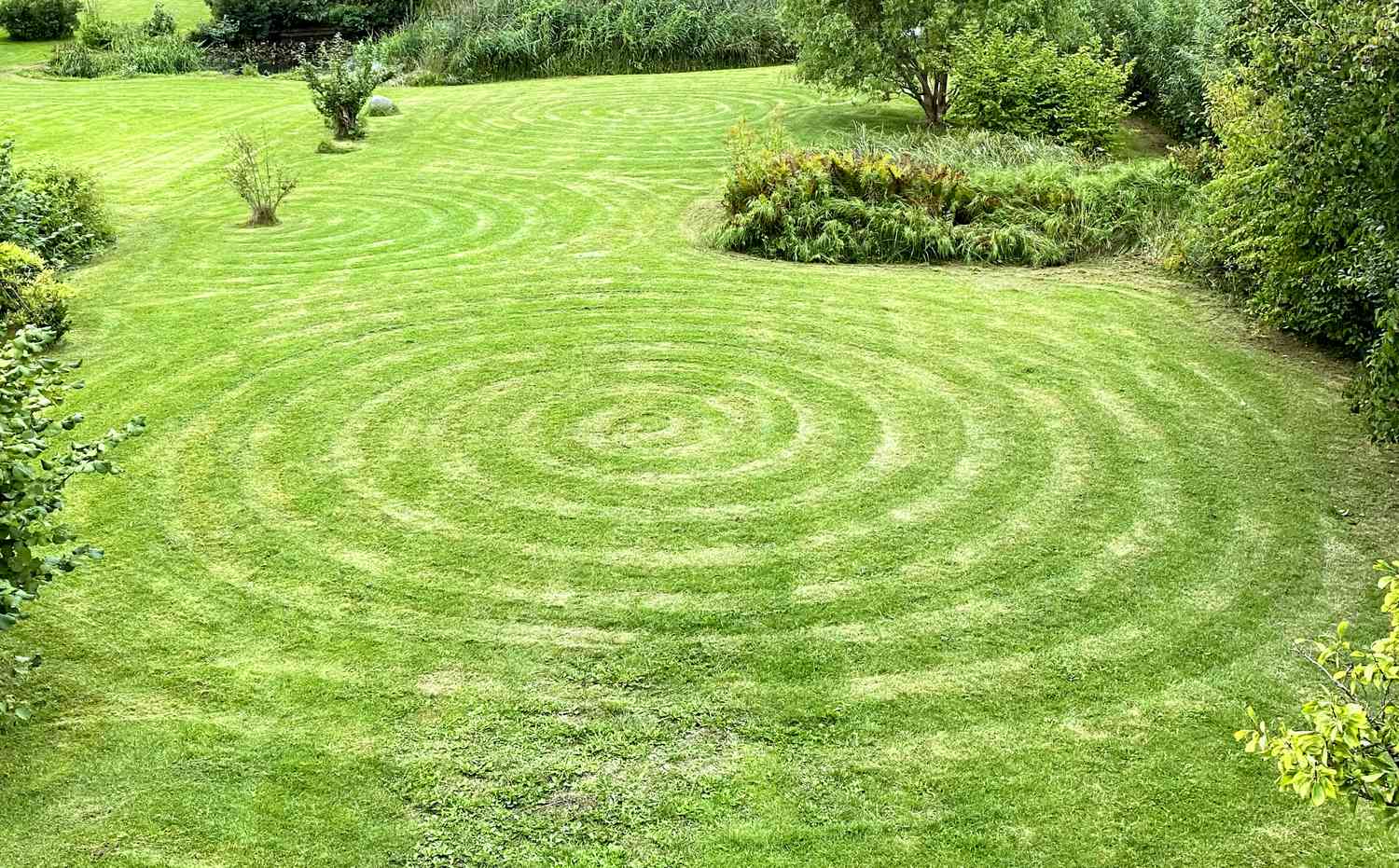
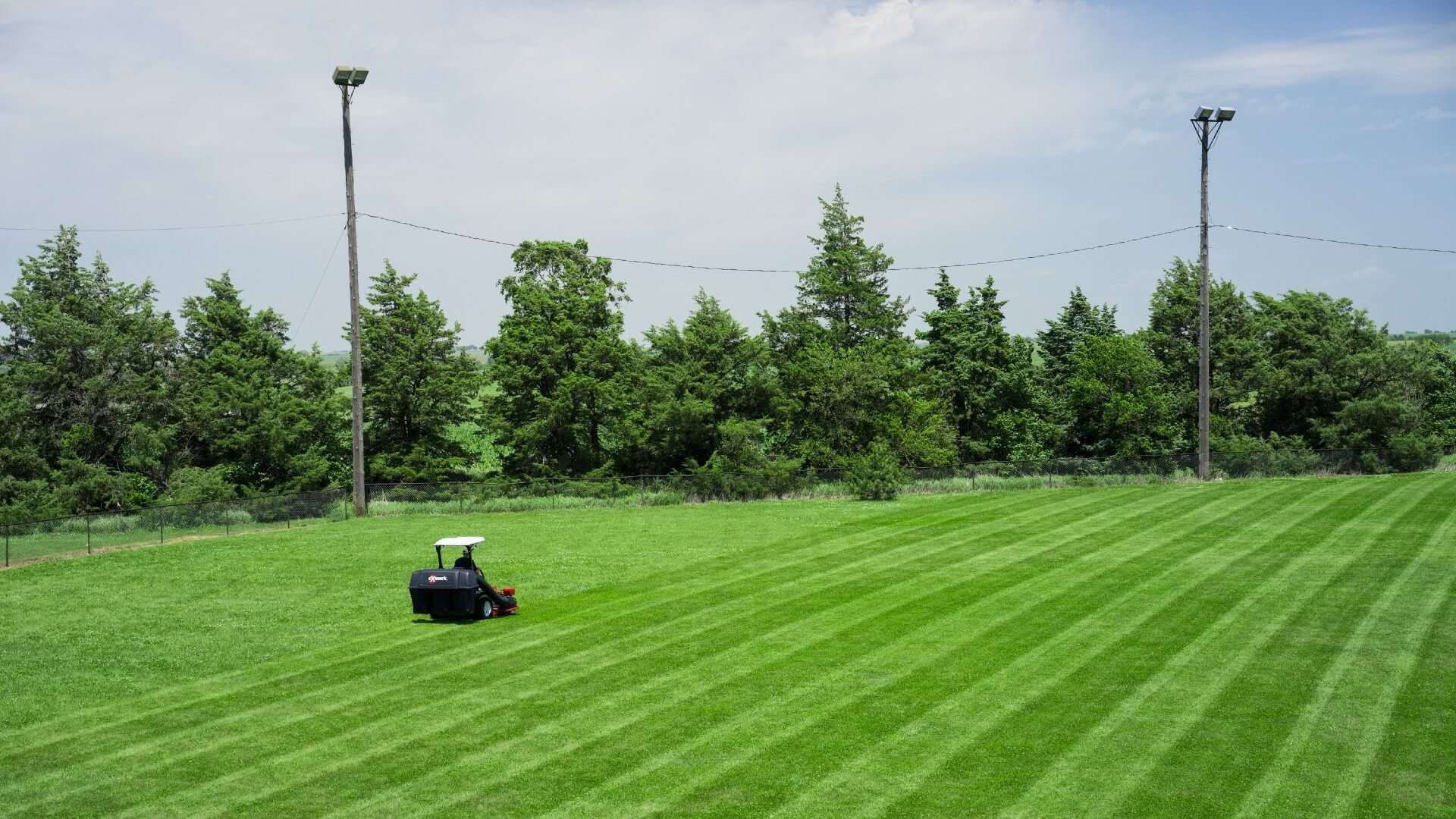
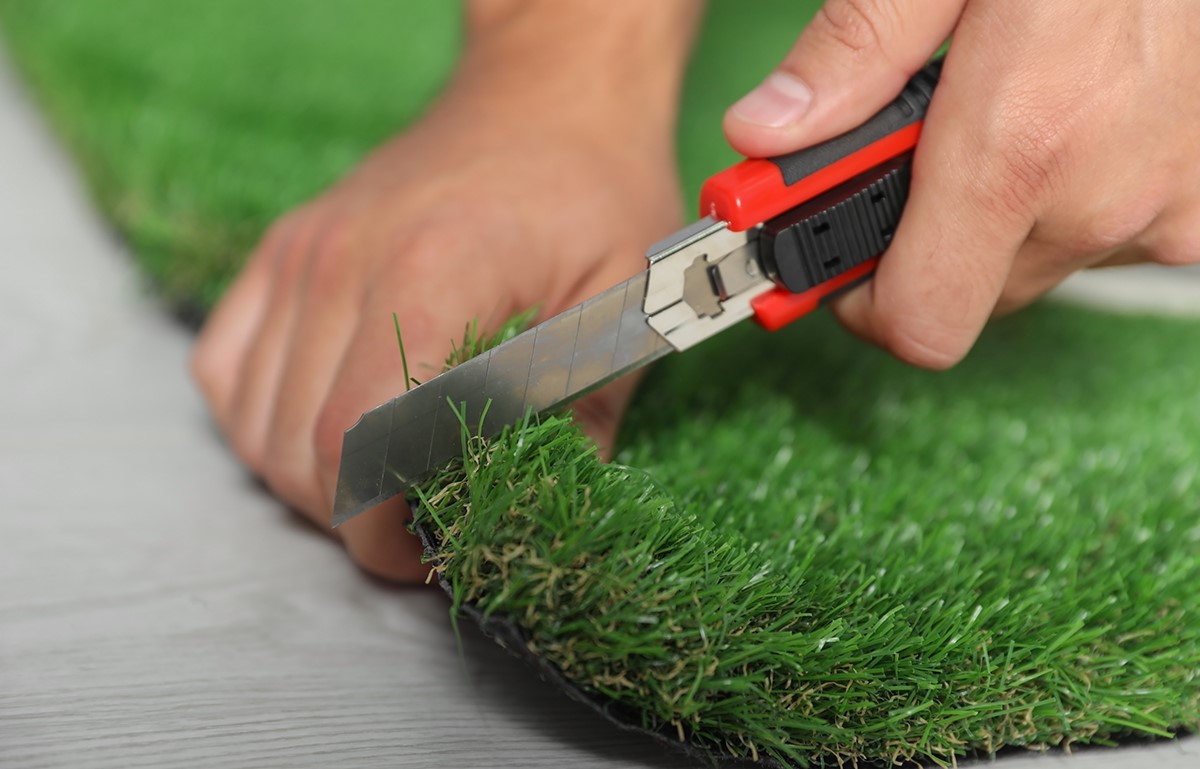

0 thoughts on “How Early To Cut Grass”